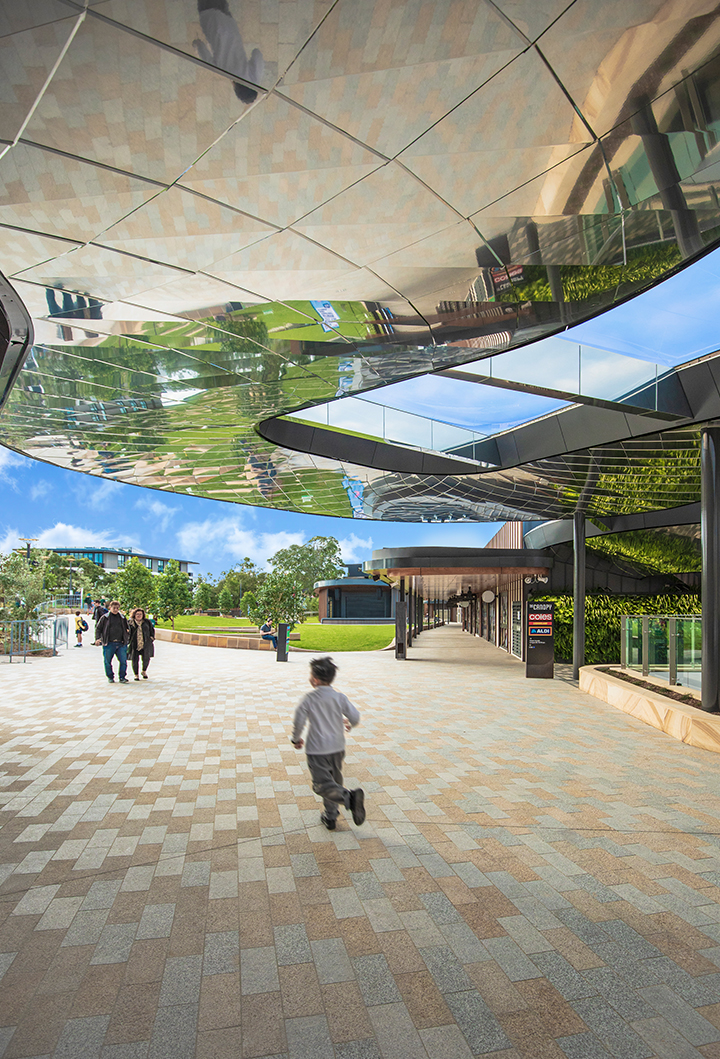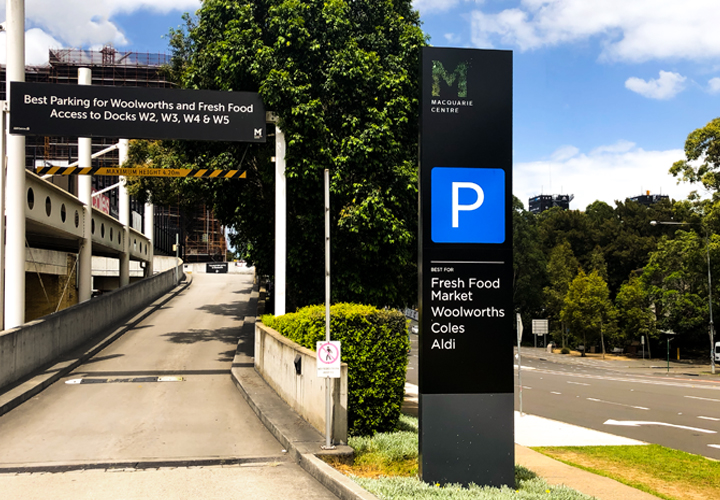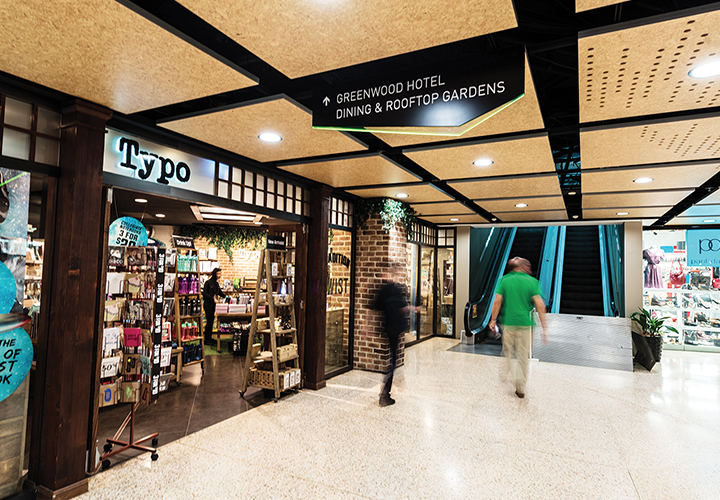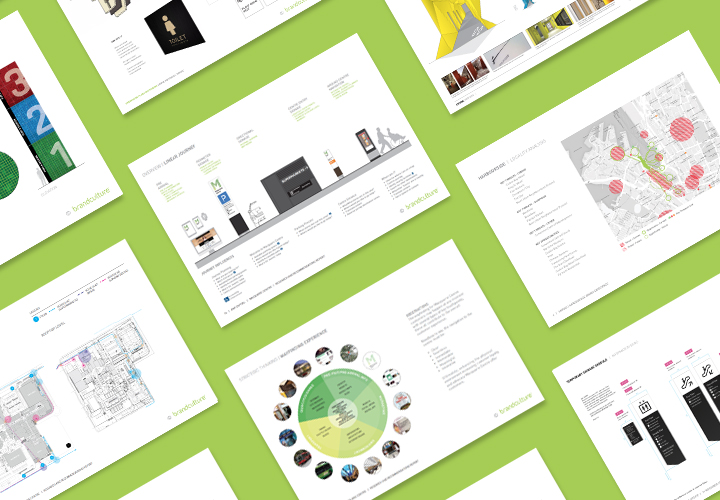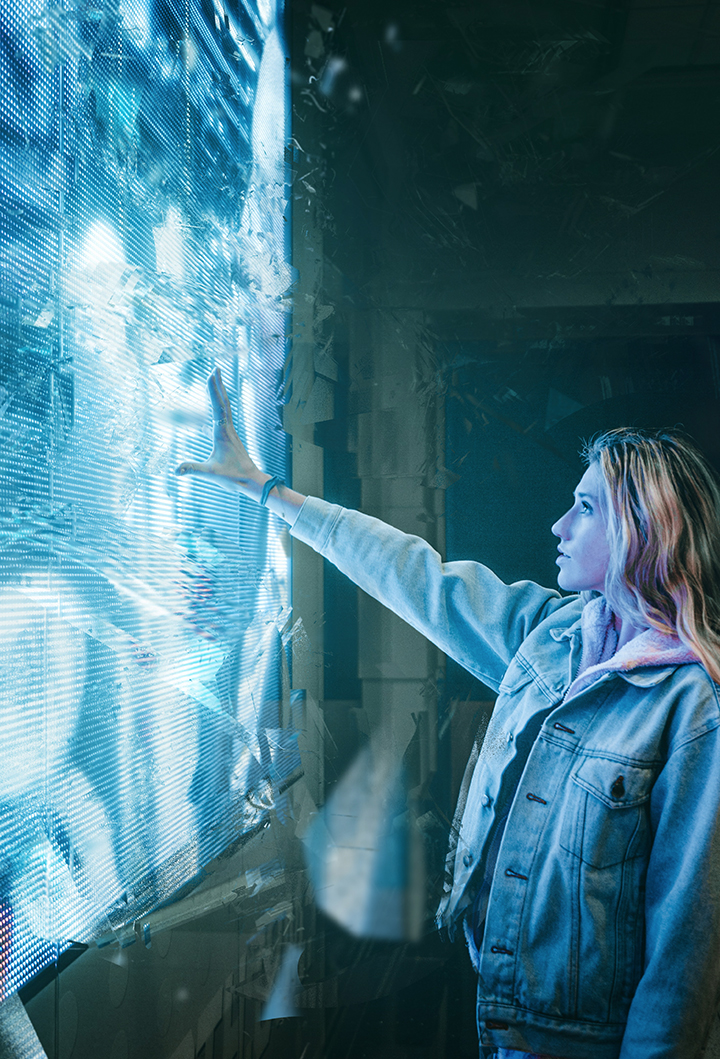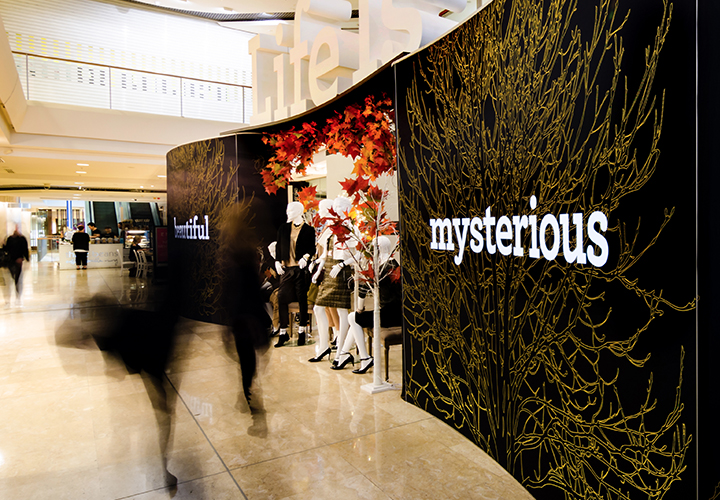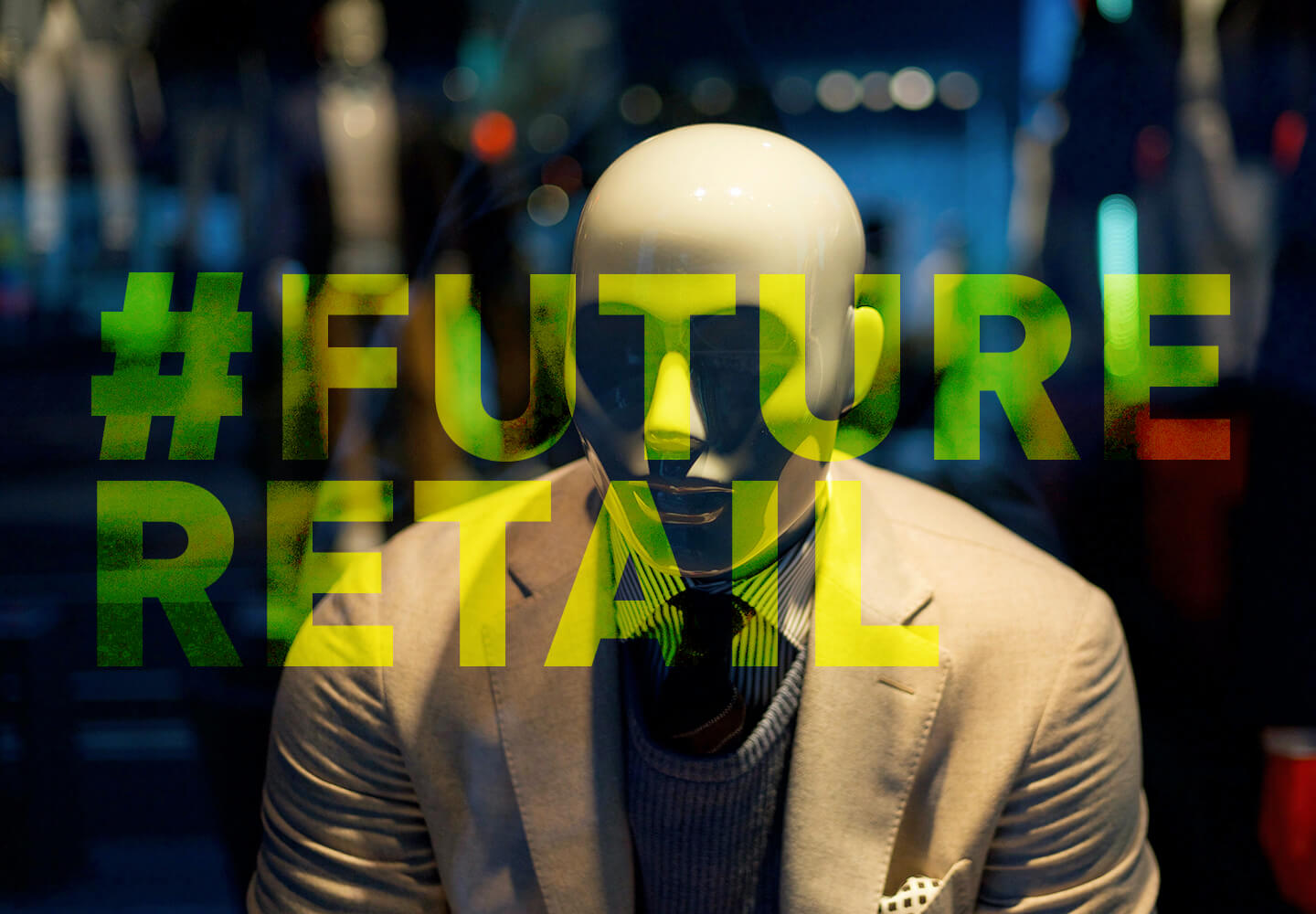Having worked with some of Australia’s biggest retail asset owners to help them enhance the customer experience, here are our views on the future of retail in the post-COVID era.
BrandCulture has designed wayfinding and activation strategies for many of Australia’s most successful retail asset owners including AMP, Mirvac, Brookfield Asset Management and Colliers International. We’ve designed digital installations to enliven stagnant retail zones within Chatswood Chase while significant changes to the environment were underway. We’ve improved the legibility of environments as diverse as Greenwood Plaza or World Square car park in Sydney.
We’ve added splashes of luxury to elevate the customer experience, resolved ‘friction points’ in the customer journey, reconfigured maze-like carparks, facilitated the shift to ticketless parking, and supported the visibility of retail tenants everywhere from The Canopy to Market Square, Lane Cove.
And yet, despite years of experience in the retail sector, we’ve never faced a challenge like the coronavirus pandemic before. Not only has it triggered a massive loss in business for retailers, but it is speeding up the shift towards touchless, contactless shopping experiences fuelled by technology. While this transition may seem incredibly daunting for some, we think there are lots of reasons for optimism. The best advice is to embrace this pivot in the retail customer experience.
Have you worked out your COVID playbook yet?
It has never been more important to think about retail assets from a customer experience point of view. What is important to your audience? Right now, they’re anxious about safety, crowds and hygiene, so it’s important to tailor your message accordingly to provide reassurance. You’ll need digital tools to deliver information in the here and now, and content management platforms to manage real-time updates.
Leisurely browsing and window shopping are out; speed and efficiency are in. This means rethinking circulation paths and check-in procedures to keep people safe, and removing friction from customer journeys like queues, crowds and bottlenecks.
You will need many ‘playbooks’ for different circumstances: daytime versus evening and weekend crowds; a playbook for major events; a playbook for local community engagement; and so on. This means moving beyond makeshift measures like tape on floors, handwritten signs and ugly screens and shields – which can actually enhance anxiety for shoppers – towards a long-term vision for success.
Things to consider
The good news is that many of the innovations that will help retailers survive post-coronavirus are already in play today.
Nike is an excellent benchmark. It has been testing mobile-meets-retail concepts for years, proving that bricks-and-mortar retail isn’t dead. Its future is just fused with digital. At its flagship store in New York, shoppers are encouraged to download the Nike app, which they can use to avoid queues, make contactless purchases or book appointments with stylists. Nike also creates amazing in-store experiences because it knows that shoppers who visit its stores in person tend to spend 30% more online afterwards.
These retail innovations can also be applied to your post-COVID wayfinding strategy. Here are a few tactics:
- Develop an ‘omnichannel’ wayfinding strategy: Invest in digital technology and mobile connectivity to manage pedestrian flow and make spaces more flexible. Digital screens and IP networks are now so affordable and accessible, they can be used to provide tailored, real-time information and frictionless journeys almost overnight, not just the typical advertising we are now used to.
- Deliver “unparalleled personalisation”: To drive loyalty and repeat visits, it’s important to tailor experiences to specific audiences. You most likely already have an app. Why not use it to gather insights about your customers? Armed with these insights, use sensors, geospatial and IoT technology to tailor promotions and connect with specific audiences at specific points in their journey: surprise and delight your audiences.
- Provide an escape: After being cooped up for so long, people are looking for memorable experiences. Experiment with motion graphics to create immersive experiences; biophilic designs to create stress-reducing environments; and play with texture, sound, light and smell to engage the senses.
- Start small, but think big: Hygiene, sanitisation and social distancing protocols are just the beginning. Avoid stop-gap solutions that look cheap and temporary. The coronavirus isn’t going anywhere, so any changes you make will likely be around for months if not years, and will no doubt look tired in no time.
It’s worth investing in designs that put the customer experience at the heart of your survival strategy. If in doubt, use data to guide decisions about what works and doesn’t, and work with experts who understand your audiences and can help you to contextualise messaging accordingly.
If you need help transitioning your retail space to the coronavirus era and beyond through wayfinding design & strategy, send us a note via [email protected]. A selection of our retail wayfinding designs is pictured below.
